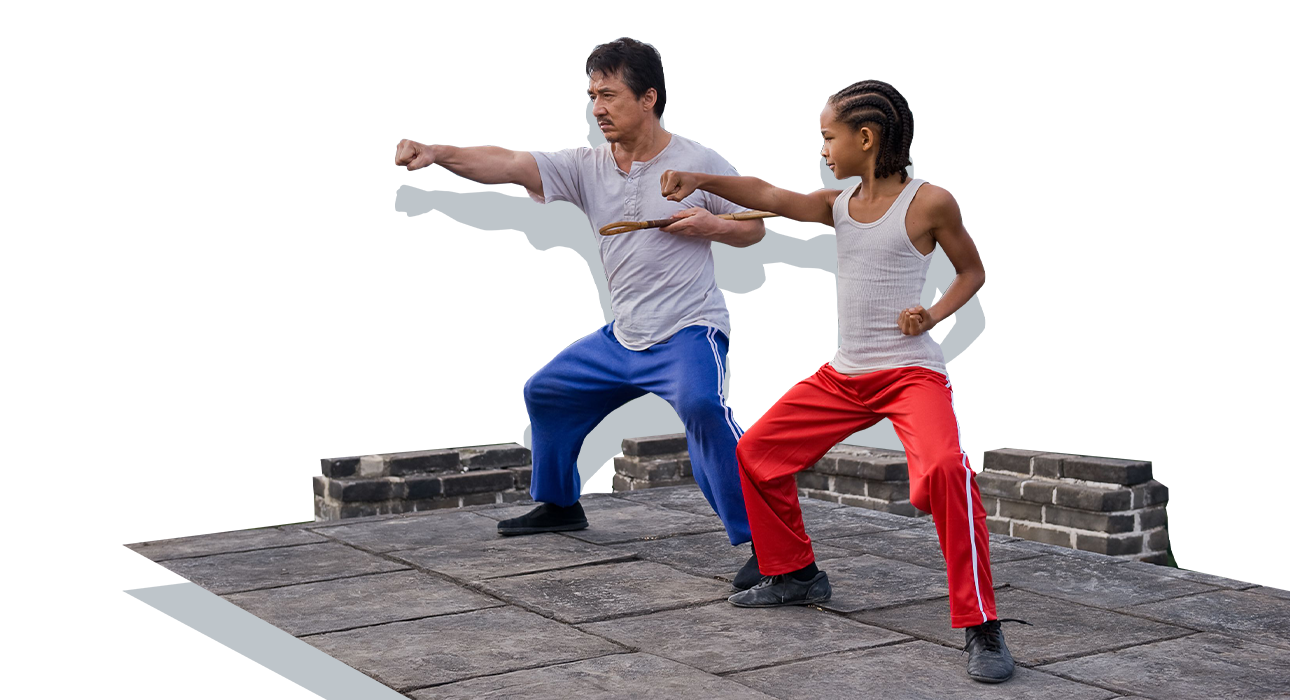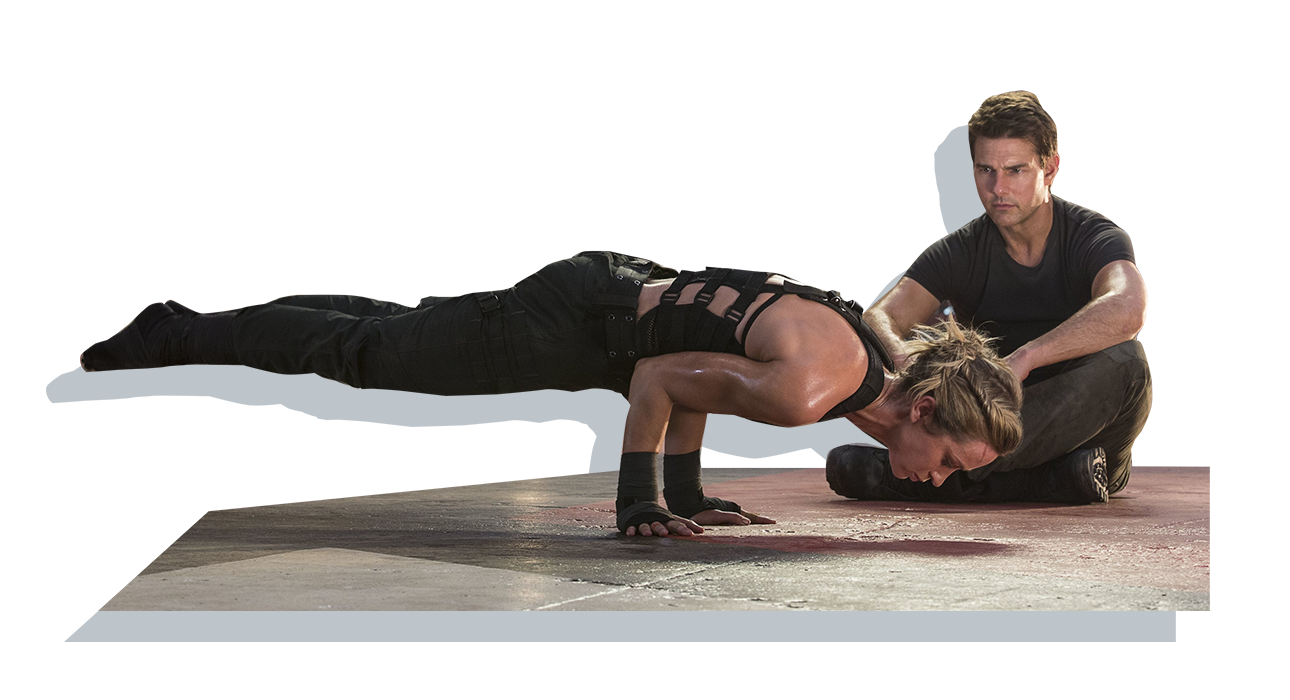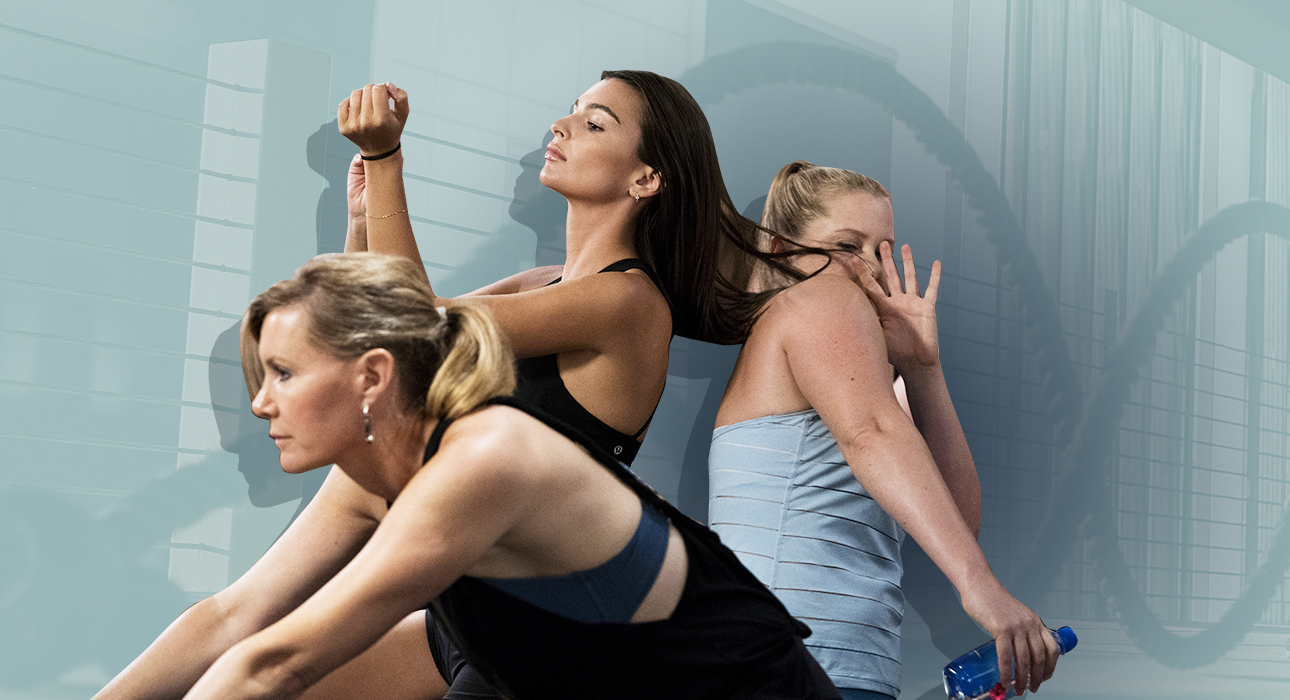Dear reader, we present to you our beauty columnist Inessa Tsarkova.
Inessa is an active nutritionist, gastroenterologist, therapist, naturopath and aromatherapist, health coach, integrative medicine doctor with a holistic approach. And now he will share with us his knowledge in the field of both physical and mental health, nutrition and much more.
Today we will talk about the fact that sports are not always good, and sometimes they are harmful.

Inessa Tsarkova
The key to health and longevity is to have sufficient vital energy. This means that it must not only be spent correctly, but also be able to be replenished and saved. Unfortunately, this is difficult to do in modern conditions with constant chronic stress, information overload and the shortcomings that have been observed in humans, especially in recent years. These include severe hypovitaminosis (primarily vitamins D, C and B), deficiency of microelements (such as magnesium, potassium, zinc, iodine and iron). Deficiency of the latter directly affects the health of red blood cells and their ability to carry oxygen to the cells. And oxygen, as we already know, is an obligatory participant in energy production processes. It is aggravated by lack of oxygen, lack of walks in the fresh air and blockage of the diaphragm with the exclusion of the lower parts of the lungs from the respiratory process. In addition, modern humans everywhere have a lack of enzymes, proteins and appropriate fats in the body, which leads, first of all, to impaired cell regeneration, inflammation and tissue damage. Under these conditions (and also due to the lack of regular physical activity), muscle tissue gradually disappears and the ligamentous apparatus weakens.
Due to chronic stress and static overload, constant muscle spasm and sclerosis of the muscle fascia occur, leading to compression of neurovascular bundles and impaired organ nutrition. All this further reduces the possibility of replenishing energy expenditures.
Physical activity is designed to increase energy levels and improve health. But for this to be true, you need to know a few important rules.
Who suffers the most from physical activity?

First of all, this is valid professional athletes. Often, they experience tremendous physical and emotional overload during the preparation for competitions and especially during their implementation. This affects health very negatively and can lead to both injuries and various diseases.
The second group of people who should be especially careful in choosing physical activity are: beginners (especially over middle age).
It can also harm desire for quick results from training without taking into account the resources and readiness of the body to increased loads.
What kind of physical activity and in what situations may not help health, but, on the contrary, harm it?
Prolonged unbalanced load on any muscle group. For example, standing for long periods of time or being in a forced asymmetrical body position (as in hairdressers and dentists) or being in the wrong position at the desk for more than an hour, especially without a break.
Intense cardio exercise for an untrained person (primarily for people with cardiovascular diseases).
Excessive strength training (especially with free weights) for an untrained person with weak ligaments, cardiovascular pathology and spinal problems.
Unusual physical activity for people who are above average, emaciated or have physical diseases.
Exercising with the wrong technique.
Especially for those who have never done this before, exercises involving axial shock loads (jumping, running), with unprepared ligament apparatus, problems with the spine, feet and joints, with incorrectly selected shoes.
If physical education is rare and intense. For example, if, due to a constantly sedentary lifestyle and daily work in the office, you come to the gym only once a week or less for active and long-term cardio-strength training.
If physical exercises do not bring joy and are always done through force.
By what symptoms can one suspect the undesirable effect of training on the body due to incorrectly selected exercises, excessive intensity or incorrect technique:
1. Pain in muscles and joints during exercise;
2. Prolonged (not lasting several days) and severe muscle pain on the second and third days after training;
3. Poor health (nausea, malaise, malaise), which occurs immediately after training or on the second day after training;
4. Discomfort in the heart area or disturbances in the frequency of contractions (prolonged tachycardia or interruptions), prolonged or insufficient increase or decrease in blood pressure (which should normally return to normal within a few minutes after the end of the load);
5. The emergence of vision problems (may occur due to increased intraocular pressure due to incorrectly selected force loads in the gym);
6. Decreased immunity (if colds begin to recur more often and chronic diseases worsen);
7. Negative changes in the nervous system: excessive irritability appeared or, conversely, lethargy and apathy appeared, which were not there before. Or if you have sleep problems (difficulty falling asleep, waking up frequently during the night, or feeling tired after waking up in the morning);
8. If general weakness that does not go away after rest is noticed and increases.
But the lack of physical activity is no less harmful to our health than its excessive amount. Italian physiologist and doctor Angelo Mosso wisely noted: “Physical exercise can replace many medicines, but not a single medicine in the world can replace physical exercise.”
Physical activity should be chosen individually, it should please the person, it should be a part of life and fit into it organically, it should be familiar and regular. It is important to gradually increase the load, depending on the characteristics and reaction of the body. It is best to train with a competent instructor according to an individually designed program. Adjust if necessary according to the body’s response to the load. It is also important to prepare the muscle-ligament apparatus in advance.
You should also pay attention to your nutrition. As a result, with increasing physical activity, the need for energy and nutrients also increases. You should eat a balanced diet with a sufficient amount of essential macro and micronutrients (proteins, fats, carbohydrates, fiber, vitamins, microelements). It is best to adjust the menu under the guidance of a competent dietitian or nutritionist. If necessary, add high-quality sports nutrition, vitamin and mineral complexes, nutritional supplements.
You should pay attention to your daily routine, sleep and rest quality. After all, physical exercise can only benefit health if there is a sufficient and quality rest and recovery period. Water-salt regime is also important because during physical activity, metabolism accelerates and sweating increases. It is important to drink clean water. Reduce or, better yet, eliminate consumption of sugary sodas, energy drinks, packaged juices, coffee and alcohol. How correctly the drinking regime is chosen can be determined by weighing before and after training: the weight should remain the same. It is also useful to include regular water contrast procedures (contrast shower, bath or dousing with cold water).
Correctly selected sportswear and shoes are also of great importance. It is important that it does not inhibit movement, allows the skin to breathe, properly removes moisture and maintains body temperature, preventing overheating or hypothermia.
It is important to remember that daily physical activity is a prerequisite for maintaining health. Since ancient times, people have known about its beneficial effects on the body. Ancient Greek philosopher and scientist Aristotle B.C. He wrote about this in 300 BC: “Nothing depletes and destroys the human body more than physical inactivity.”
What type of physical activity would be beneficial?

A burden that brings joy and pleasure; A little more load than usual; Evenly distributed across different muscle groups; It is sufficient for the muscular-ligamentous apparatus and tendons (performed by trained and adapted people).
When the load is repeated systematically (for example, 3-4 times a week) with a sufficient recovery period. Non-athletes need at least a day (and sometimes two) to fully restore the body, muscles and nervous system. And the following exercises are best done on other muscle groups, the type of physical activity is changed, the exercises become more diverse.
Save loads:
1. Simple daily morning exercises (10-20 minutes are enough).
2. Simple industrial gymnastics (every hour and a half, 3-5 minutes)
3. Regular brisk walks in the fresh air (at least 20-40 minutes a day, gradually increasing to 1-1.5 hours),
4. Periodic dances that lift your spirits. You can dance not only at discos and holiday parties, but also at home, for example, in the kitchen, while preparing dinner to live music.
5. Favorite activities with appropriately selected physical activity 2-3 times a week. For example, swimming, pilates, yoga, stretching, functional body weight exercises, cycling.
Friends, find the daily physical activity that suits you best and enjoy it. And then it will undoubtedly bring you joy and benefit!
Source: People Talk
I’m Roger Gritton, and I’ve been writing for the The Fashion Vibes for over 5 years now. My specialty is beauty news; I’m passionate about covering the latest trends, products, and innovations in the industry. In my time there, I’ve become known as an authority on all things beauty-related.
I love discovering new experts to interview, researching up-and-coming ingredients and techniques that are making their way onto our beauty shelves and highlighting people who are making a difference in the world of cosmetics. My work has appeared not only on The Fashion Vibes, but also several other publications including the New York Times Magazine, Allure Magazine and Refinery29.





